‘Intrabodies’ – Isogenica’s VHH antibodies improve heart function when delivered intracellularly
Our VHH antibodies have been put to the test as a potential new therapy for heart failure in an early-stage study from AstraZeneca published in Nature Communications. In a step forward for intracellular biotherapeutics, this early stage investigational research also used a viral vector to deliver our VHH antibodies directly inside heart cells.

Unlocking a new target in heart failure
One of the characteristic signs of heart failure is defective calcium signalling. Calcium plays an integral role in the contraction and relaxation of the heart muscle. As a calcium pump inhibitor, the protein phospholamban has previously been thought as an important intracellular protein implicated in heart failure, but has proved difficult to target with conventional drug development approaches.
Around a tenth the size of traditional monoclonal antibodies, with high specificity and affinity, VHH antibodies are ideal candidates for use as ‘intrabodies’. These are novel biotherapeutics against hard-to-reach intracellular targets, which make up approximately two thirds of the therapeutic target space.
VHH + viral vector = a winning combination
In this latest study, AstraZeneca researchers screened our highly diverse, fully synthetic VHH library for novel antibodies against phospholamban.
SPR traces showing a bi-valent VHH able to discriminate between phosphorylation states of a phospholamban peptide. Adapted from De Genst et al (2022).
Not only were they able to discover VHHs against peptide targets, but the VHHs they found were even able to discriminate between different phosphorylation and multimerisation states of the target antigen.
Once a suitable candidate VHH had been identified, the small size of the coding sequence meant that it could be easily packaged into an AAV9 viral vector, under the control of a cardiac muscle-specific promoter. The VHHs were expressed intracellularly as ‘intrabodies’ to disrupt phospholamban signalling and restore normal calcium cycling in the heart.
In vivo experiments with a mouse model of heart failure showed that injection of the viral therapy into the tail vein of the animals resulted in highly specific expression of VHH intrabodies in the heart, along with intracellular target engagement and a positive effect on cardiac function.
Not only is this potentially exciting news for cardiologists and their patients, it also highlights the power of combining VHH antibody discovery and viral vector delivery to create a pipeline for the development of future therapies against a wide range of currently intractable intracellular proteins. See our pipeline here.
combined with emerging viral or nucleic acid delivery technologies, VHH intrabodies present a unique opportunity to expand the pharmacological toolbox
Learn more about VHH intrabodies
Read the paper in Nature Communications or check out AstraZeneca’s blog post with more information about the study.
Here at Isogenica, we share our experience in VHH antibody discovery and engineering to help move innovative projects forward. Contact our experts today to find a solution to your challenge.

